13 Things We Loved About Riding
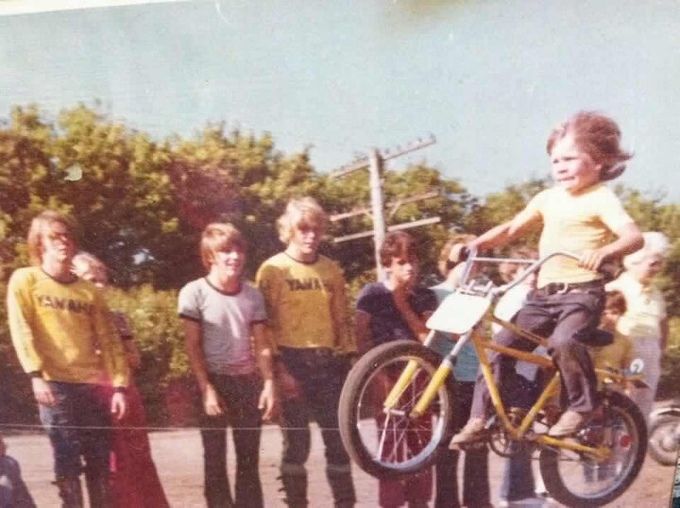
There was a time when bikes meant freedom, friendship, and endless summer afternoons. These little two-wheelers carried us everywhere and gave us some of the best memories of childhood. Here are 13 things that made riding unforgettable.
1. Banana Seats and High-Rise Handlebars
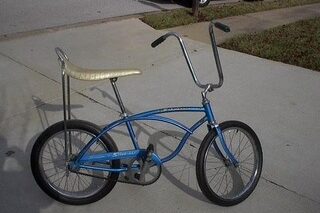
The thrill of childhood often started with a brightly painted bike that felt larger than life. Banana seats with glittery finishes and high-rise handlebars turned ordinary rides into something stylish. Kids sat taller, rode prouder, and felt unstoppable with tassels blowing in the breeze. These bikes made statements without saying a word, instantly recognizable across the block. Riding was not just about getting from one place to another, it was about being noticed. The Schwinn Sting-Ray was more than transportation, it was part of our identity and one of the best parts of growing up.
2. Cards in the Spokes
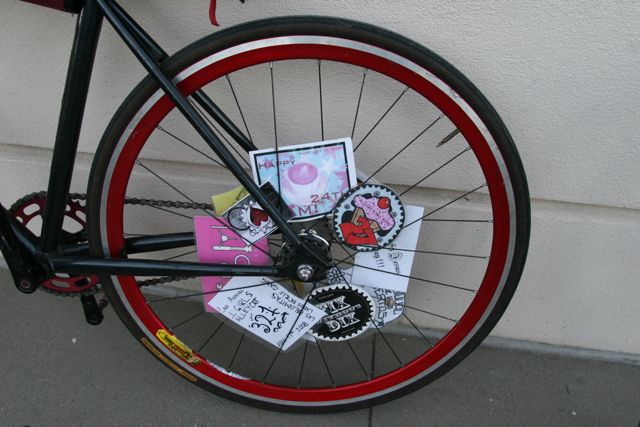
Sometimes the simplest tricks brought the most joy, and adding cards to the spokes was one of them. A clothespin, a few baseball cards, and suddenly your bike roared like a motorcycle. The sound gave you a sense of power that made even a slow ride feel like a race. Kids compared how loud their bikes could growl, laughing as they tore up the street. It did not take much, just creativity and a little imagination. That buzzing sound followed us everywhere and made us feel like champions of the road without ever leaving the neighborhood.
3. Bikes Outside a Friend’s House
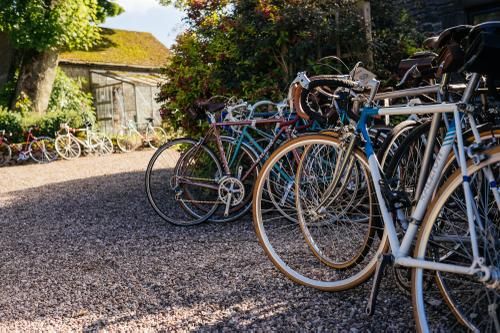
One of the best sights of summer afternoons was rolling past and spotting a cluster of bikes outside a friend’s house. No one needed a phone call or a knock at the door, the bikes said everything. That simple gathering on a front lawn meant laughter, games, and new adventures waiting inside. It was a code every kid understood, a clear signal that fun was happening. Those moments carried a sense of community, where bikes acted like invitations. Seeing them piled together made you rush to drop yours beside them and run to join the fun.
4. Wheelie Contests
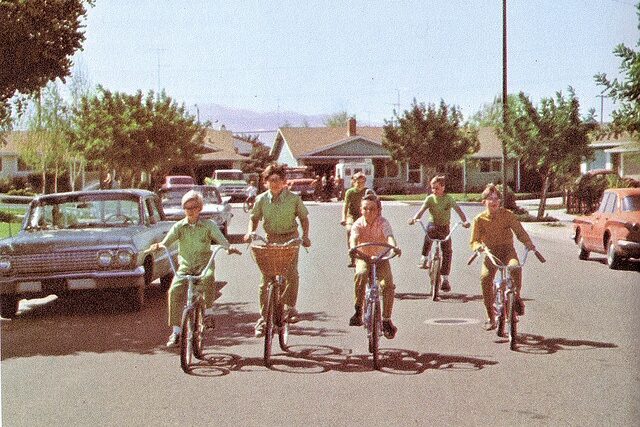
Holding a wheelie was one of the ultimate tests of balance and bravery, and every kid wanted to prove their skill. The challenge was simple but addictive, lift the front wheel and see how long you could hold it without tipping. Friends cheered, teased, and competed for the longest ride, turning quiet streets into arenas. Crashes were common, but scrapes never stopped anyone from trying again. The sense of achievement when you nailed a long wheelie filled you with pride. For many kids, mastering this move meant bragging rights that lasted for days, sometimes even weeks.
5. Evel Knievel Ramps
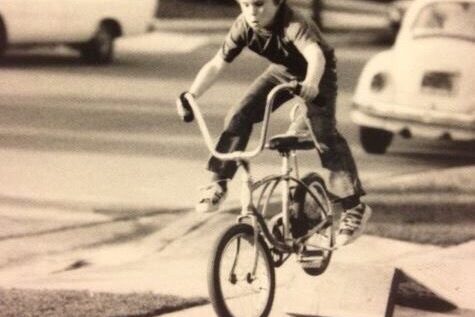
Kids did not need fancy equipment to feel like daredevils. A couple of bricks and a wooden board were enough to build a ramp that transformed the driveway into a stunt show. Inspired by Evel Knievel, we soared over toy trucks, puddles, or even just imaginary obstacles. The thrill was in the takeoff, the midair pause before landing, and the laughter that followed. Crashes hurt but they never mattered much, because the excitement of flying was worth it. Every driveway became a stage, every jump a chance to show off. That fearless spirit defined so many afternoons.
6. Riding Double
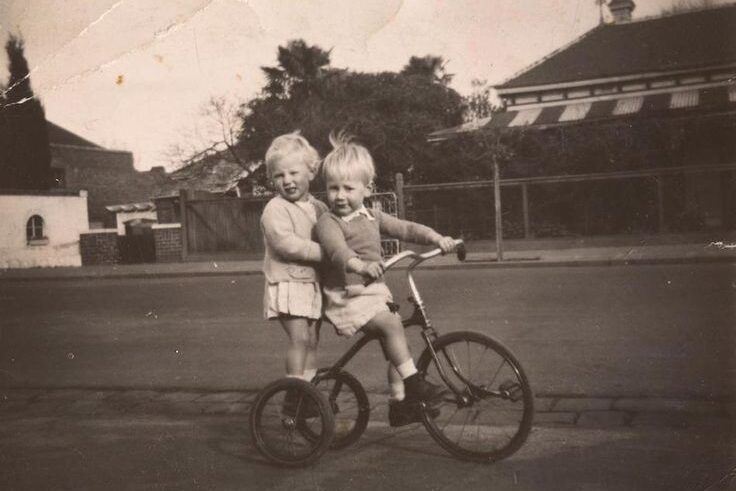
Sometimes the fun doubled when you added a friend to the ride. One kid perched carefully on the handlebars or balanced behind on the rack, holding on for dear life. It was clumsy, it was wobbly, and it was always hilarious. Riding double was as much about trust as it was about balance, and every successful trip felt like victory. Of course, plenty ended in spills, but the laughter made it unforgettable. Sharing one bike created stories we retold again and again, a reminder that sometimes the best rides were the ones that barely stayed upright.
7. 7-Eleven and Candy Runs
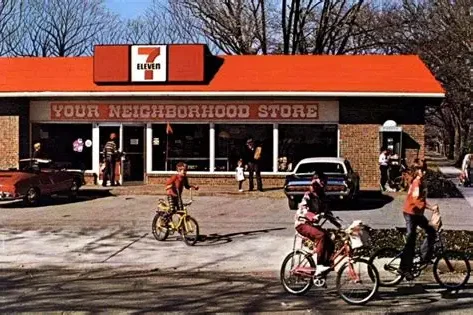
Every bike became a ticket to independence when it meant a trip to the corner store. A couple of coins in your pocket could buy Slurpees, candy cigarettes, or a pack of Big League Chew. The ride itself was part of the adventure, racing down familiar streets with friends, planning what to buy. Pedaling back home with sugar-filled bags gave a sense of freedom money could not measure. These rides taught us how sweet independence felt, even in small ways. The taste of summer often started with the click of a bike stand outside a 7-Eleven.
8. Cul-de-Sac Races
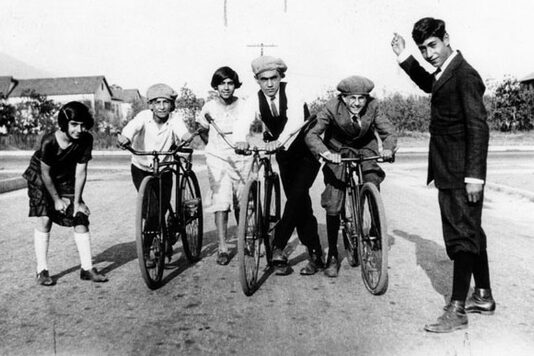
Quiet suburban streets turned into racetracks whenever kids gathered for a round of cul-de-sac races. Chalk marked the starting line, and the excitement built as bikes lined up side by side. Someone shouted go, and off we went, pedaling furiously, circling the block again and again. It was never about trophies or titles, just the thrill of being fastest that day. Neighbors cheered, parents peeked out windows, and kids gave their all. Dusk often signaled the last lap, with laughter echoing through the street. Those carefree competitions left every rider feeling like a champion.
9. Bike Tag
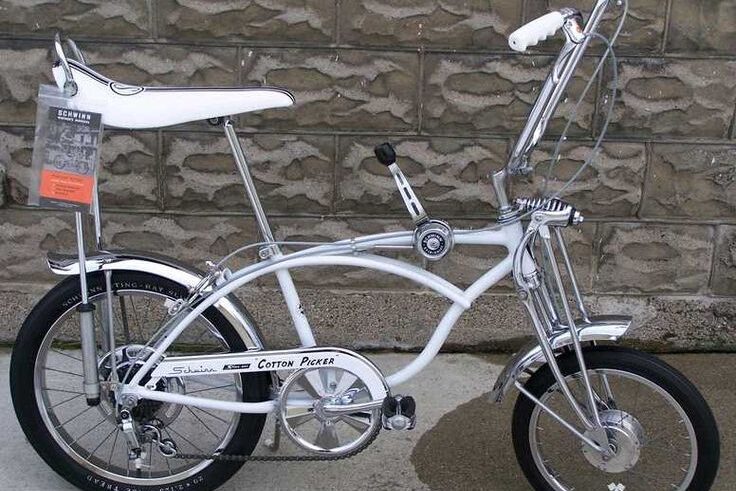
Tag on two wheels was chaos, but it was the best kind of chaos. Someone was “it,” and suddenly the neighborhood turned into a maze of strategy and speed. Pedals slammed, brakes screeched, and kids darted into driveways or around corners to escape. Every close call made hearts race, and every catch came with laughter and groans. The game stretched on for hours, no scoreboard needed, just endless energy and joy. Bike tag took something simple and made it unforgettable, turning familiar streets into playgrounds filled with noise, excitement, and childhood freedom.
10. Barefoot Summer Freedom
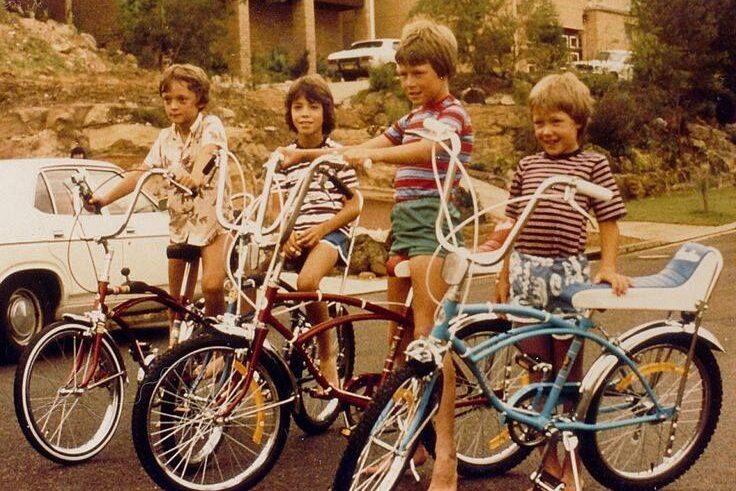
There were days when shoes felt unnecessary, and bikes became part of that barefoot adventure. Toes pressed against pedals, legs dusted from gravel, and the occasional sting of scraped skin. It was carefree and wild, a symbol of endless summer afternoons when rules felt far away. Every ride was a mix of independence and joy, the breeze in your hair and the sun on your shoulders. Barefoot rides carried a sense of daring, as if every pedal push was proof you could handle whatever came your way. Childhood freedom often looked exactly like this.
11. Streetlight Curfews
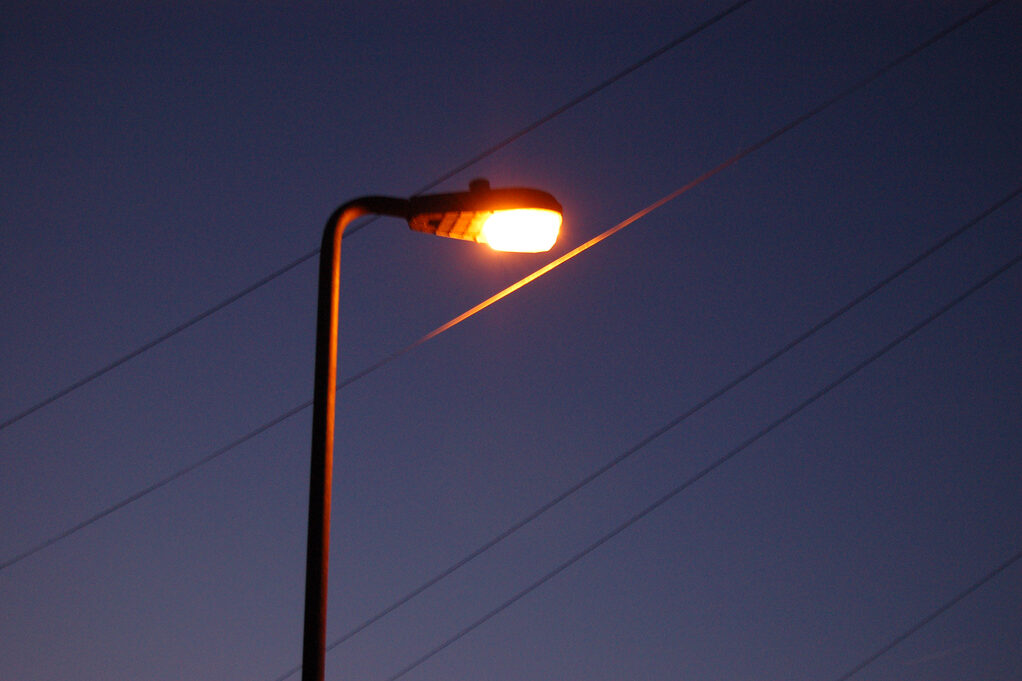
For many of us, the streetlights were the first curfew we knew. You could ride freely all afternoon, but the moment those lamps flickered on, you knew it was time. The dash back home became its own kind of race, pedaling against the darkening sky. Parents didn’t need to call, everyone understood the signal. That small boundary made freedom even sweeter, because you squeezed in every possible minute of fun. The glow of the lights was not just an end, it was a reminder of how full a day could be.
12. Decorating Spokes
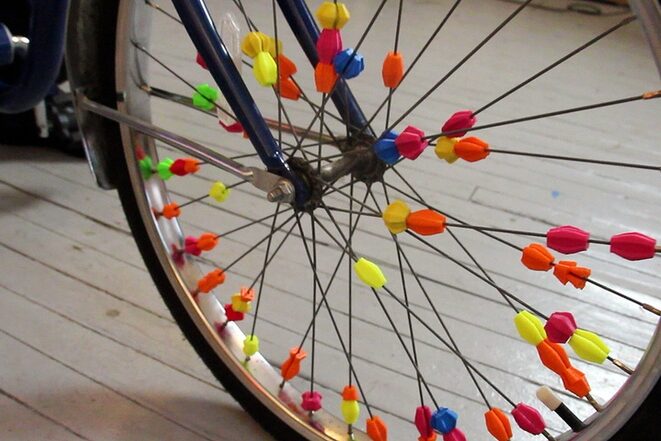
Every bike became an expression of personality when kids decorated their wheels. Bright beads that clinked as they spun, balloons tied to spokes, or even makeshift streamers added flair to every ride. No two bikes ever looked the same, and the creativity made each one special. Decorating was less about showing off and more about making the bike truly yours. Even the smallest detail could make you smile when pedaling past friends. Bikes were more than rides, they were rolling canvases that carried pieces of who we were.
13. The Downhill Rush
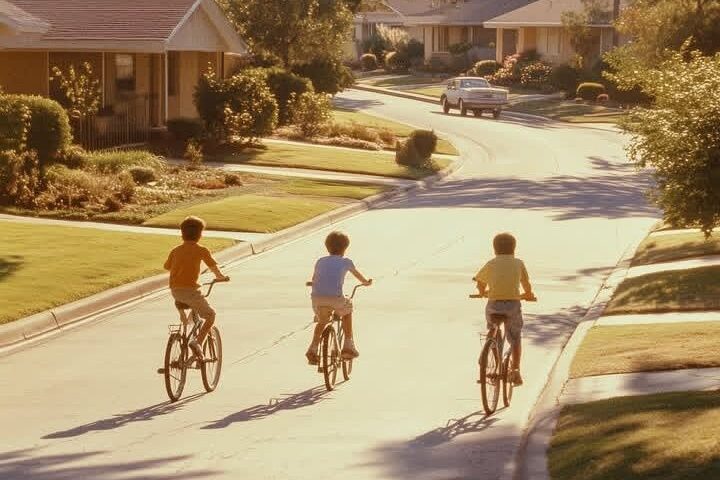
The best rides always seemed to end with one thing, the rush of a downhill. Leaning forward, gripping the handlebars, and feeling the wind tear past your face was pure magic. The world blurred for a few seconds, filled with nothing but speed, freedom, and excitement. That one feeling often topped everything else, reminding us why we loved riding so much. It wasn’t about candy runs, contests, or even friends, it was about that perfect unstoppable moment. Childhood often felt like flying, and nothing captured it better than a downhill rush.
13 Reasons Kids Don’t Ride Anymore
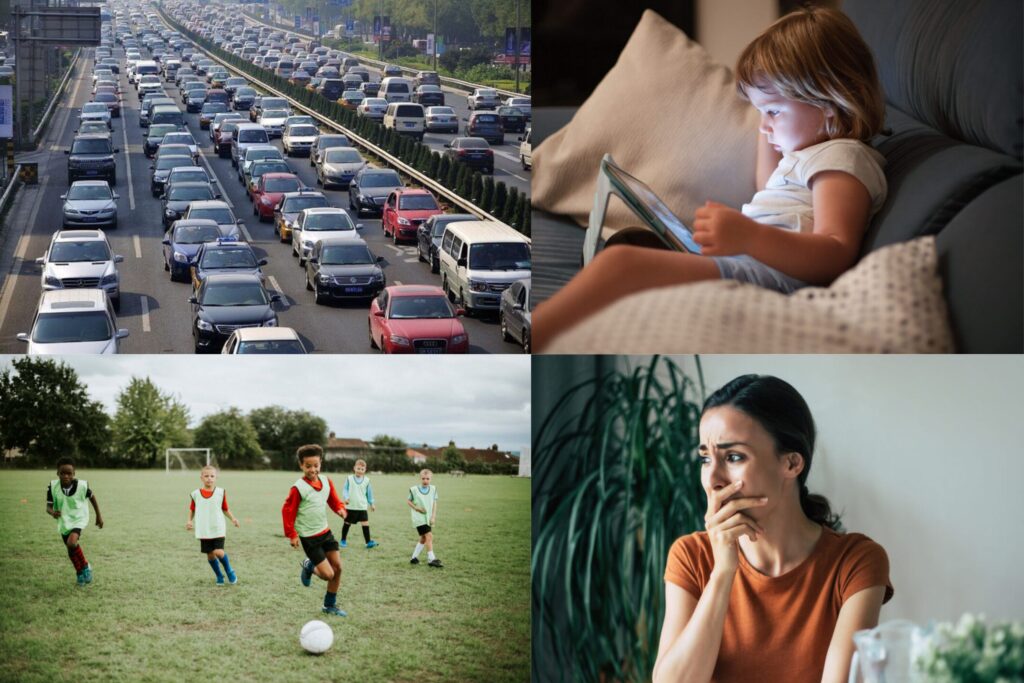
The world has changed, and so has the way kids spend their time. What once was a daily adventure is now rare, replaced by new worries, distractions, and lifestyles. Here are 13 reasons biking has faded from childhood.
1. Dangerous Traffic
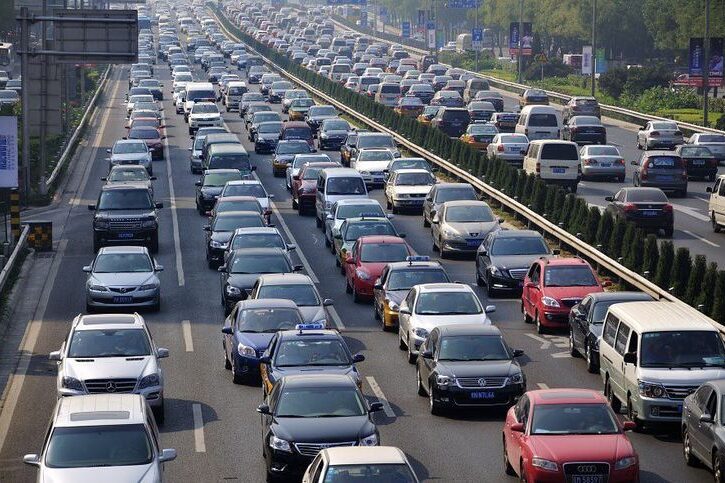
The streets kids once ruled with bikes now feel designed for cars. Traffic has grown heavier, faster, and far less forgiving. Parents who once pedaled freely now hesitate to let their children ride the same paths. The fear is not about falling and scraping knees, it is about unpredictable drivers who rush without noticing small bikes. For many families, the risk feels too high, and so the bikes stay parked in garages. What was once safe ground for adventure has turned into a place where cars dominate and childhood rides no longer feel welcome.
2. Bigger, Heavier Vehicles
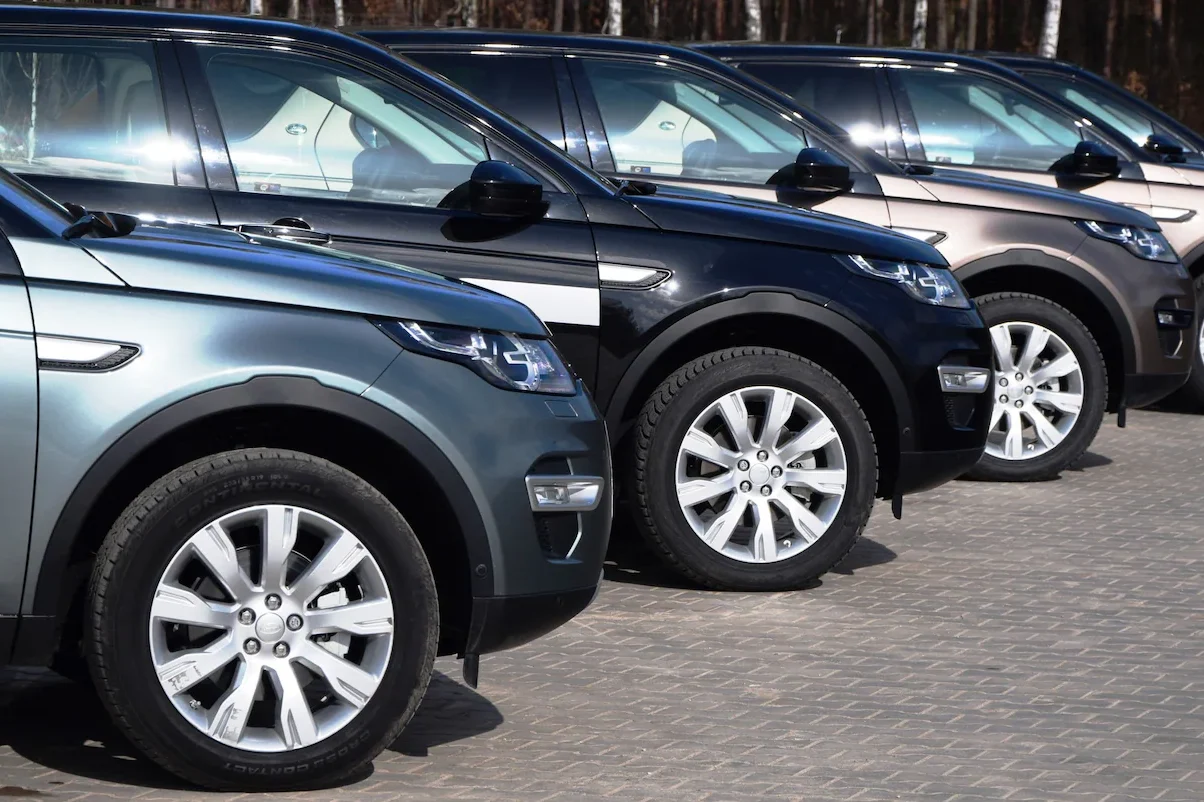
The family cars of today are not the small sedans of decades past. Streets are filled with massive SUVs and trucks, taller, wider, and heavier than ever. They create blind spots and take up more space, leaving bikes feeling dwarfed and vulnerable beside them. Children sense it too, their rides do not feel playful when oversized vehicles roar past. Parents see the difference clearly, knowing that an accident involving these heavy machines would not be minor. The sheer size of vehicles today is enough to discourage casual riding, changing the balance between kids and the roads.
3. Parental Fear

It is not that kids do not love biking anymore, it is that parents fear letting them. Stories of accidents, distracted drivers, and unsafe roads paint biking as too risky. The carefree trust of earlier generations has been replaced by constant caution. Even quiet streets do not erase the what if worries in parents’ minds. For many families, it feels safer to keep kids inside, even if it means less adventure. Parental fear has quietly become one of the biggest barriers to kids experiencing the same bike-filled freedom their parents once knew.
4. Few Safe Bike Lanes
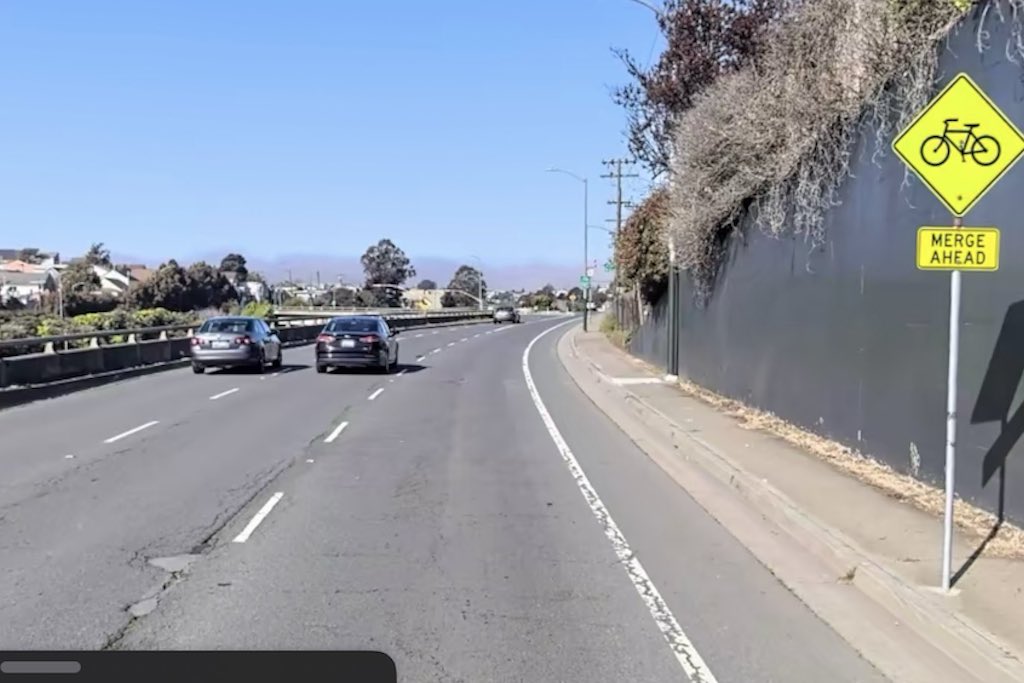
Biking used to be simple, you just rode down your street and waved at friends. Now many neighborhoods lack safe paths, and bikes compete with cars for space. Cities talk about bike lanes, but in many communities, they are few or nonexistent. Without a designated place to ride, the fun quickly feels dangerous. Parents hesitate to let kids pedal down shoulders or narrow curbs, and so riding becomes rare. The lack of safe lanes has turned bikes from everyday play into occasional use. What was once natural has been replaced with caution and limitation.
5. Screen Time Dominates
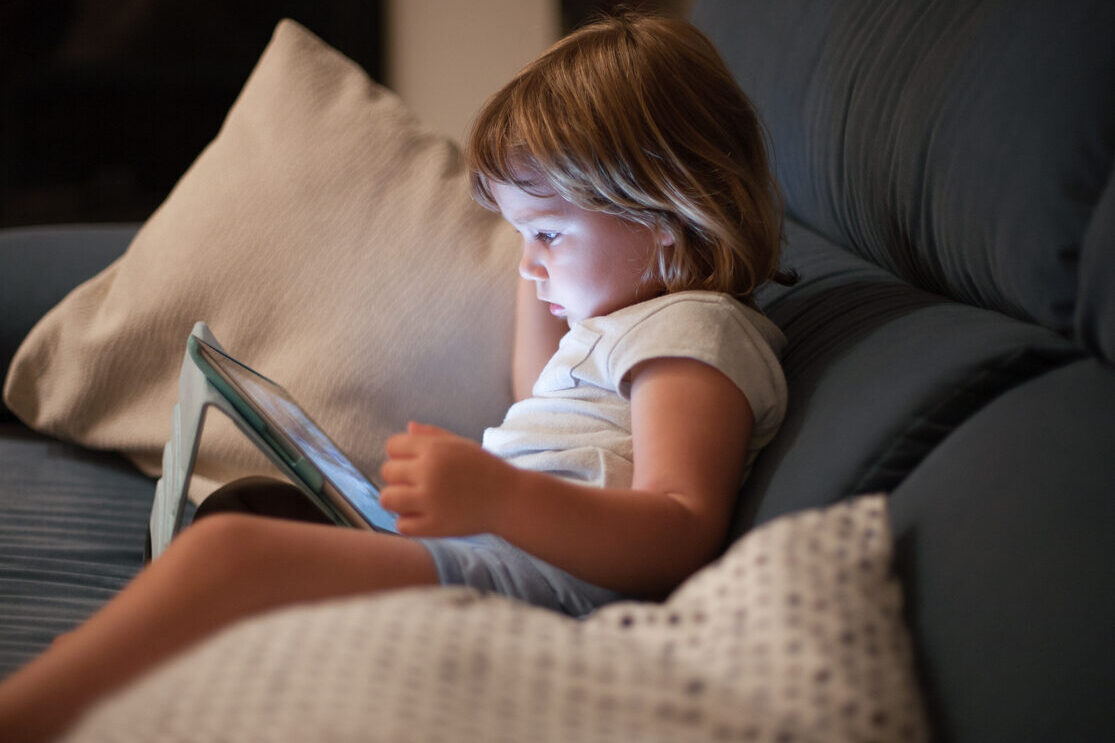
When we were young, the call to play came from the street, but now it comes from a glowing screen. Phones, tablets, and video games offer instant connection, no pedaling required. Kids log on to see their friends instead of hopping on bikes to find them. Hours slip by inside while bikes collect dust outside. The pull of technology is powerful, providing entertainment without effort. While the laughter of riding used to echo through neighborhoods, today the sound is replaced with electronic chatter. Screen time has quietly stolen the simple joy of riding with friends.
6. Packed Schedules
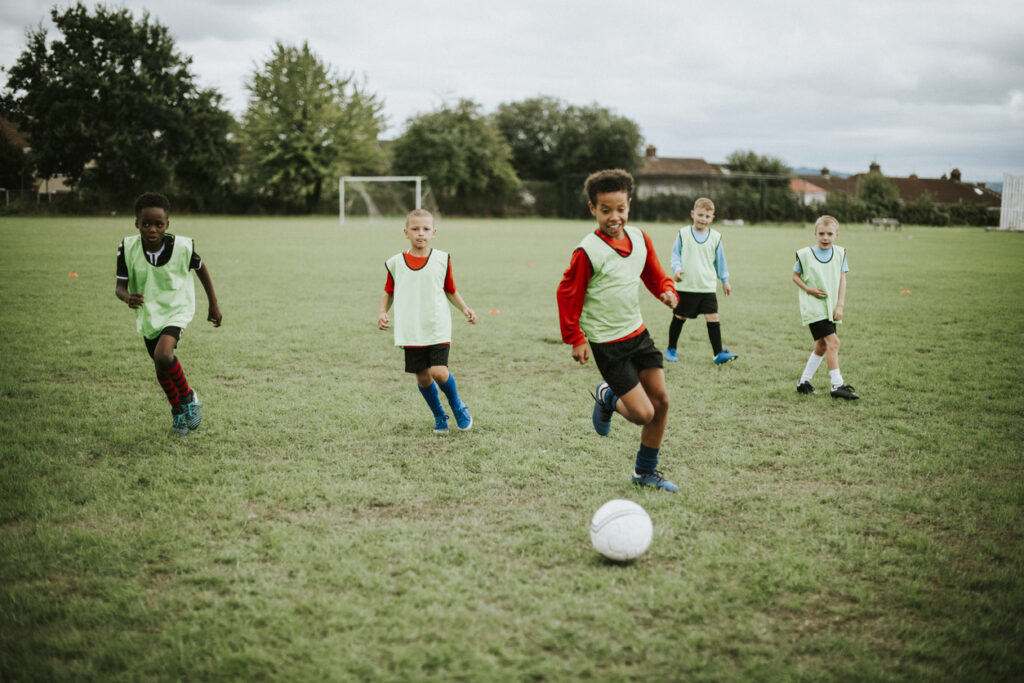
Childhood used to feel wide open, with hours to fill as we pleased. Now kids juggle school, sports, lessons, and endless activities. What was once spontaneous has been squeezed out by calendars and commitments. Biking for fun does not always fit between piano practice and team practice. Parents want to give children opportunities, but the tradeoff is less freedom for simple joys. By the time schedules clear, kids are tired and choose rest indoors. Packed days leave little room for the carefree rides that once defined childhood afternoons. Free time feels like a luxury.
7. Less Walkable Communities
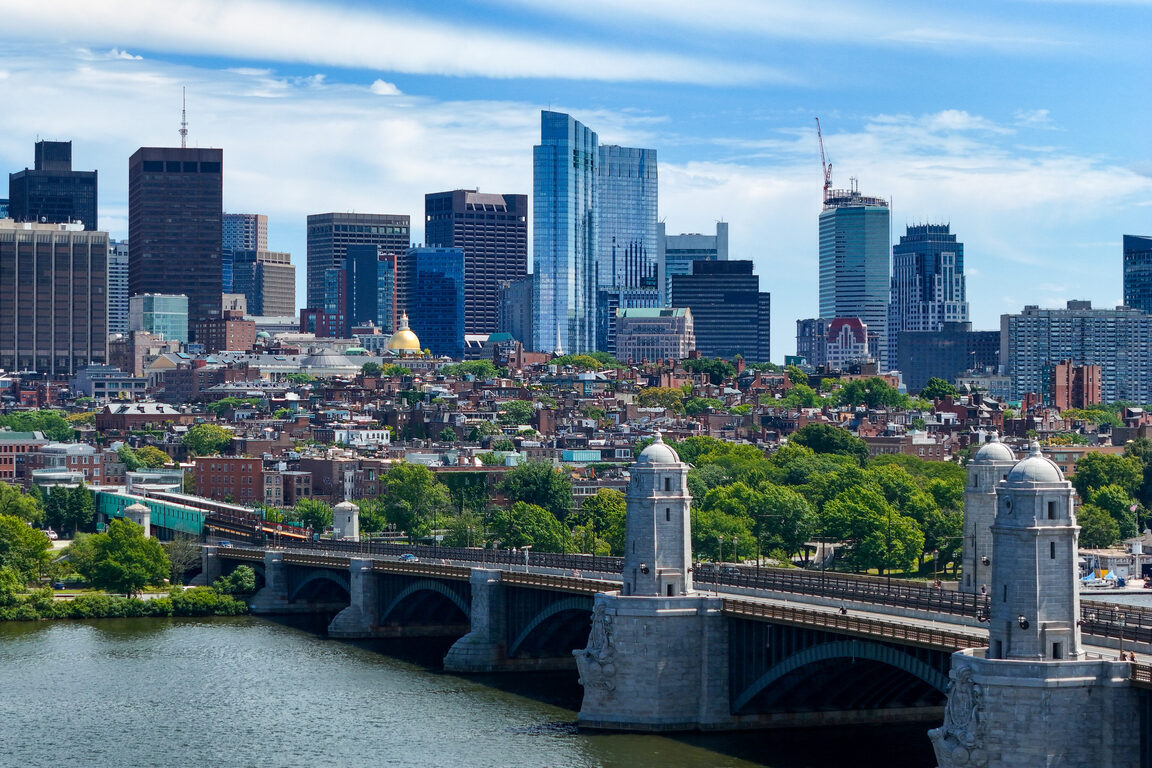
The design of neighborhoods has shifted, and bikes have lost their natural routes. Older communities had corner stores, schools, and playgrounds close enough to ride to. Many new neighborhoods are spread wide, connected by busy roads meant for cars. Sidewalks are scarce, bike paths even rarer, and destinations often too far for young riders. Parents rely on driving more, and biking feels unnecessary or unsafe. Communities built for cars limit the possibility of kids using bikes for play or independence. When places are not designed to welcome riders, childhood biking slowly disappears into memory.
8. Decline of Local Stores
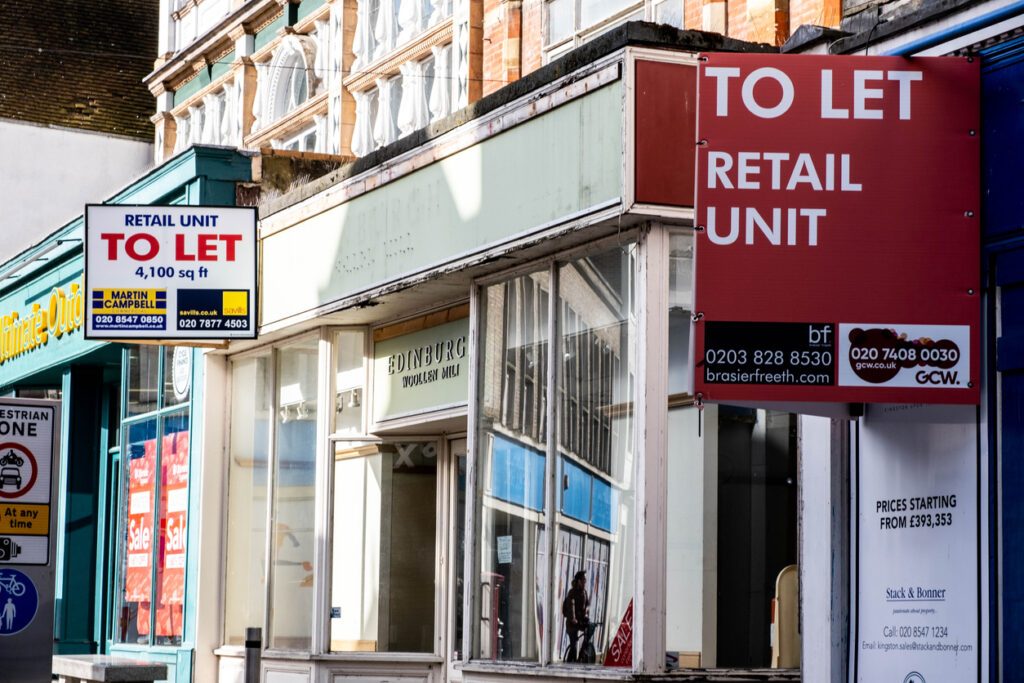
The excitement of a candy run or quick trip to a nearby shop gave kids purpose for riding. Small stores sprinkled through neighborhoods created perfect destinations just a few pedals away. Today those corner shops have been replaced by big stores or online orders. Without a nearby spot to ride to, bikes lose their sense of adventure. The little independence of choosing a snack or drink after a ride is gone. Without simple destinations, the habit of biking fades. What was once a part of daily routine becomes something that no longer feels necessary.
9. Drop in School Biking
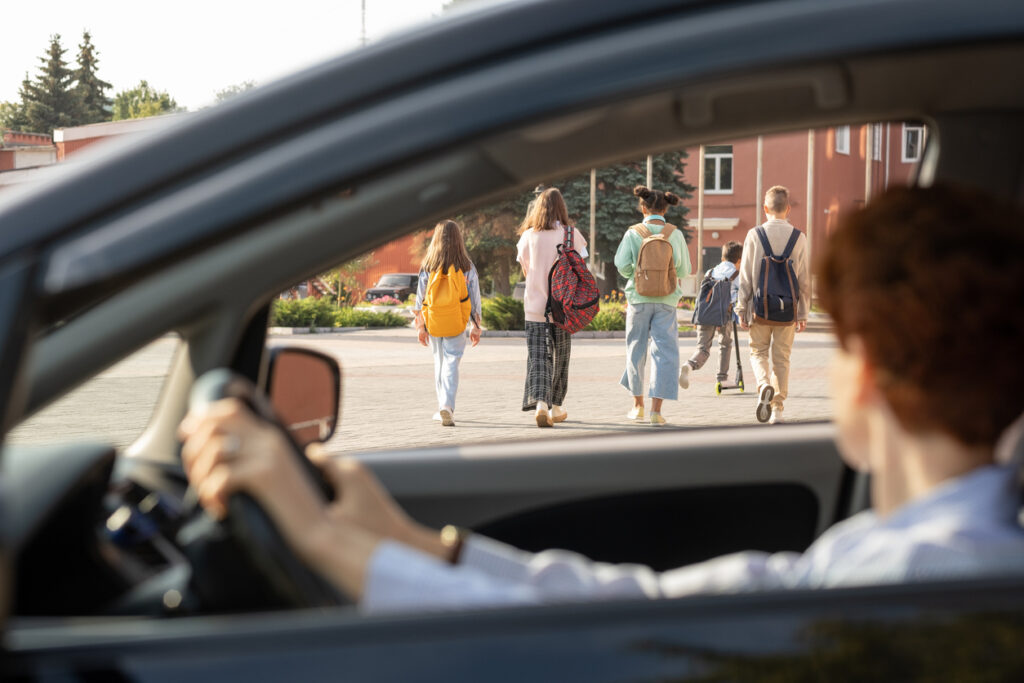
Riding to school was once a daily ritual, but now very few kids do it. Carpools, buses, and parent drop-offs have taken over, replacing handlebars with car seats. What was once a lively stream of bikes at the start of every morning has become a line of cars waiting. Parents worry about safety, and many schools are simply too far from home to ride to anymore. The daily rhythm of biking has been lost, and with it, one of the best reasons to ride consistently. School routes no longer belong to kids with bikes.
10. Helmet Rules and Safety Gear
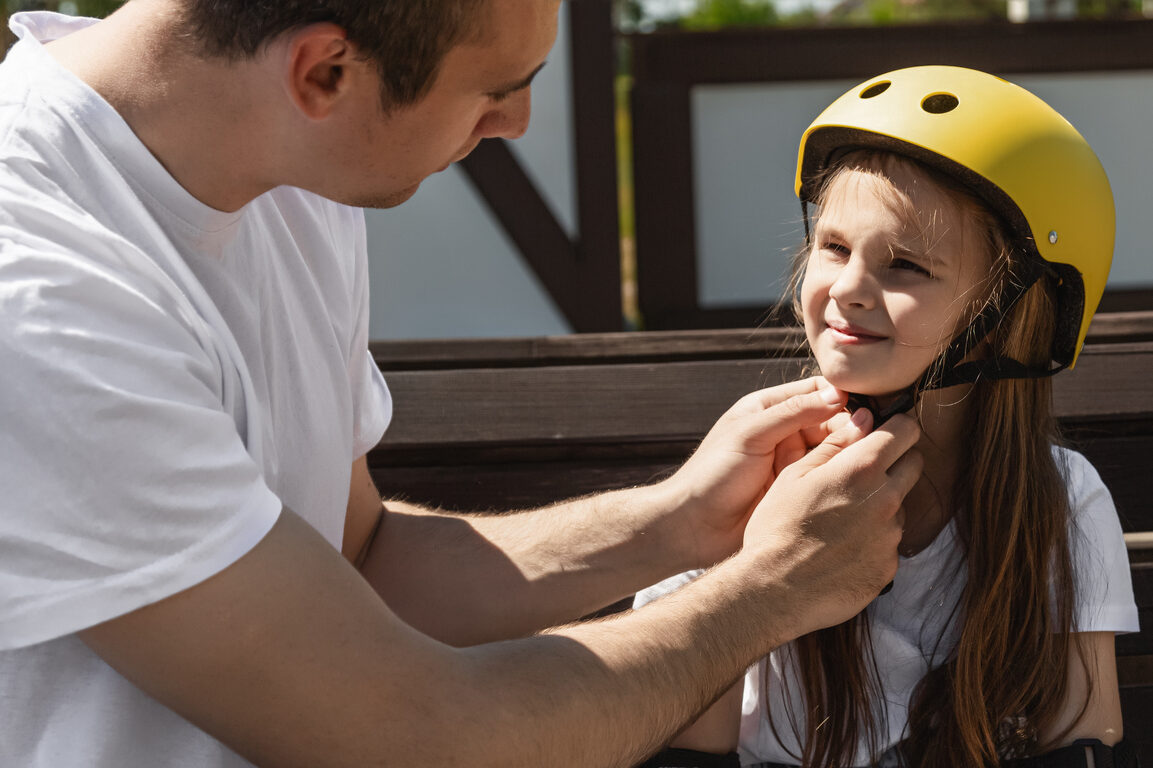
Helmets and pads are important, but they have changed the feeling of biking. Where kids once hopped on spontaneously, today there is a pause, a checklist, and a routine. Parents enforce rules to keep children safe, but the carefree spirit of biking gets lost. For some kids, it feels like effort instead of fun, turning a simple ride into preparation. While the gear matters, it also makes biking less casual. It is no longer about grabbing your bike and racing outside, it is about suiting up first. That spontaneity is harder to find.
11. Road Safety Anxiety
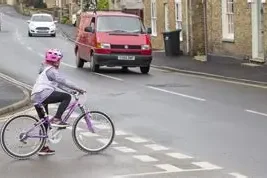
The biggest difference today is not the scrapes kids might get, but the cars around them. Roads feel busier, drivers feel distracted, and the fear of accidents hovers over every ride. Parents remember falling off their bikes, but they worry more about traffic now. Even children pick up on the tension, sensing when roads do not feel friendly. Riding stops being fun when it feels like danger is everywhere. Anxiety keeps kids off bikes more than any broken chain or flat tire ever did, making roads seem like barriers rather than pathways to freedom.
12. Neighborhood Disconnect
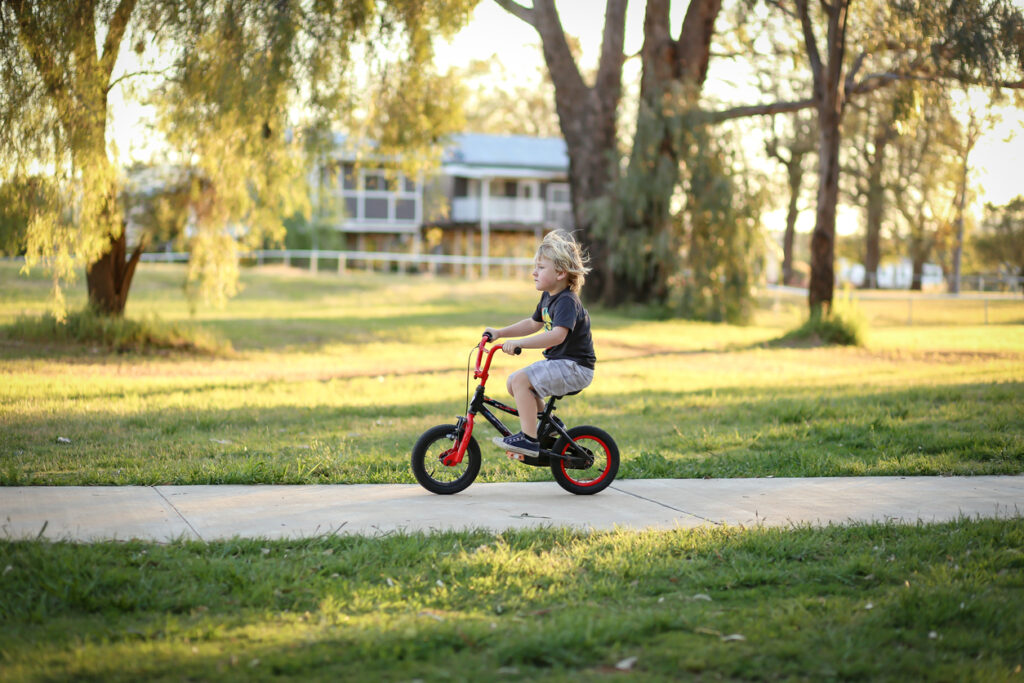
One of the best parts of riding used to be seeing other kids outside. Bikes piled on lawns meant fun was happening somewhere nearby. Now neighborhoods feel quieter, and fewer kids are out riding at all. Without that shared energy, the excitement fades. Kids do not hop on bikes alone as often, and parents hesitate to let them. The disconnect is not just about biking, it is about fewer chances to bond outside. When the bikes are gone, so are the spontaneous moments of community that made riding such a joyful part of growing up.
13. Cultural Shift
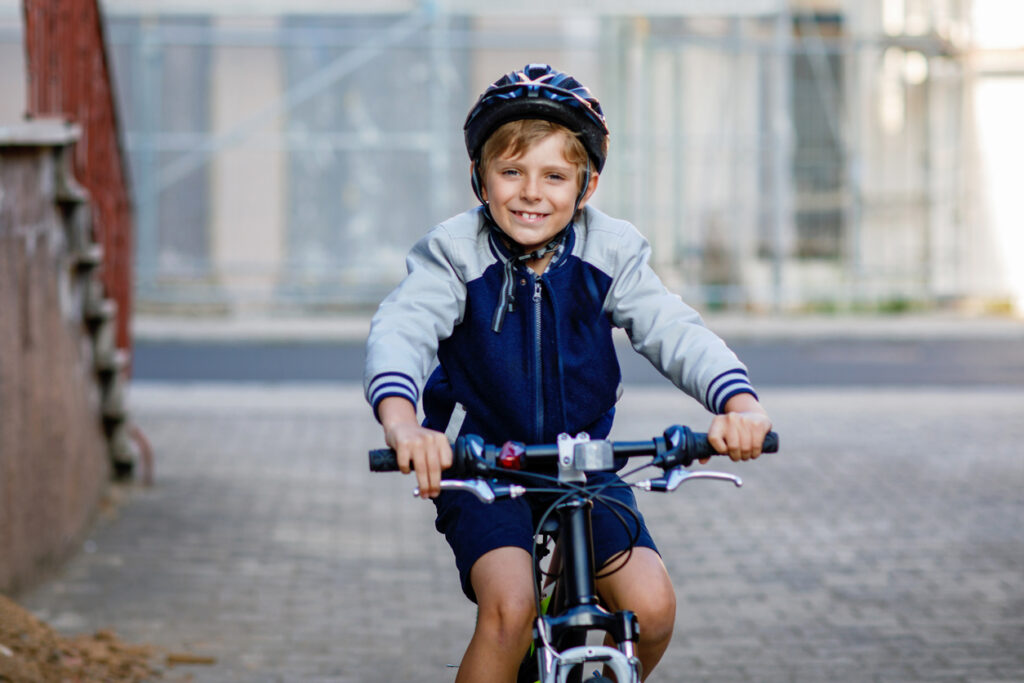
Perhaps the biggest change is how biking is seen today. For earlier generations, bikes were part of daily life, a way to play, explore, and connect. Now they are framed as exercise or organized sport. Families buy gear for weekend rides or enroll kids in cycling events, but spontaneous pedaling around the block is rare. The casual freedom of hopping on a bike has been replaced with structure. That shift may be why so many kids miss out on what riding used to mean. The bike has not disappeared, but the culture surrounding it has changed.
This story 13 Things We Loved About Biking That Defined Our Childhood and 13 Reasons Kids Rarely Do It Now was first published on Daily FETCH


